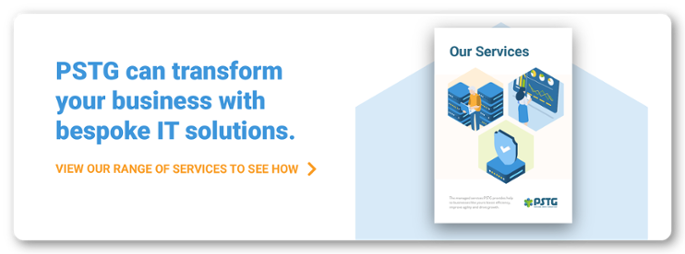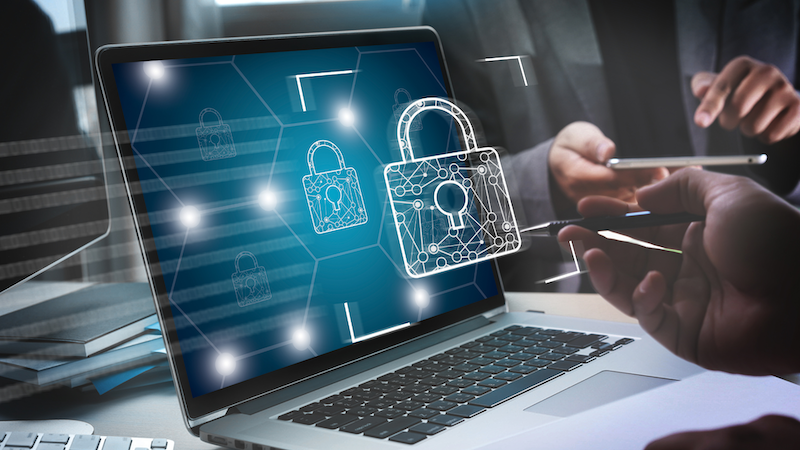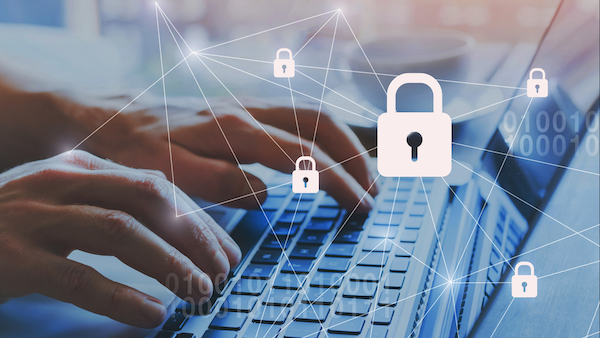It's Time for Employees to Self Service Their Password Resets
.webp)
Passwords are integral to security. But with the average person having 90+ accounts needing passwords - usually featuring a complex combination of letters, numbers and characters - it’s no wonder they’re forgotten. As a result, IT departments are regularly investing 30-40% of their time resetting passwords, when they could be working on other important matters.
.webp?width=600&name=pexels-picjumbocom-461077%20(1).webp)
Here's why implementing employee self-service password resets (SSPR) will save many IT professionals time, money and resources.
- What Is an Employee Self-Service Password Reset?
- How Does an Employee Self-Service Password Reset Work?
- What Are the Benefits of an Employee Self-Service Password Reset?
- Password Reset Synchronisation
What Is an Employee Self-Service Password Reset?
A self-service password reset helps businesses with their security and productivity. This technology allows employees who have either forgotten their password or have been locked out of their account to securely change their password.
It works by enabling the user to securely authenticate who they are with an alternative factor, such as SMS, to reset their password or unlock their account. All of this can be done without the help of a service desk.
How Does an Employee Self-Service Password Reset Work?
Microsoft’s Azure Active Directory leads the market in self-service password resets. The main process involves a user launching the password reset portal from their workstation. Then, they’ll need to confirm their identity which could be through a series of security questions, for example as part of azure advanced threat protection.
If the user answers the authentication questions correctly, they’ll be able to set a new password and unlock their account.
What Are the Benefits of an Employee Self-Service Password Reset?
Password self-service solutions deliver a variety of benefits to employers and employees, including financial, productivity and security.
SSPR Security Benefits
In the UK alone, there are around 65,000 attempts to hack SMBs every day. An estimated 4,500 are successful, which is why security is paramount to any business.
From multi-factor authentication and security questions to confirmation emails, these are just a few ways self-service password solutions protect companies from cyber attacks. For example, a multi-factor authentication method will provide another form of identity protection, whereas a mobile authentication (SMS or phone call) will verify that the person trying to access the account is the actual owner of the password.
To provide complete peace of mind, self-service password resets ensure forgotten passwords or being locked out of an account is only resolved after adequate authentication. This reduces the chances of social engineering, identity theft and any weaknesses in IT service desk structure.
SSPR Financial Benefits
According to a study conducted by HYPR, 78% of people had to reset a password they forgot in the past 90 days. Furthermore, Gartner Group discovered between 30% and 50% of all IT helpdesk calls are for password resets, which is an incredible amount of time that could be spent elsewhere.
However, it’s not just the IT department that suffers. When an employee forgets their password, their productivity also takes a hit. While waiting for the IT department to reset their password, they're unable to complete tasks.
The time lost on password resets from two departments costs businesses money - money that could be saved by investing in a solution that delivers employee self-service password resets.
Productivity Benefits
Speed and efficiency are vital to productivity. Unlike traditional methods, a self-service password reset keeps productivity flowing and empowers employees to manage their own passwords and accounts. It delivers immediate results as employees no longer need to call a colleague to help. Instead, they can reduce lost productivity and resolve the issue themselves in a matter of clicks.
As a business grows, self-help services become vital to managing any increase in staff and workloads. These kinds of solutions assist the IT helpdesk to scale alongside the business instead of becoming the bottleneck in productivity.
Whenever an employee forgets their password, whatever the time of day, password self-service is typically available 24/7. This means any variation in shift patterns won’t affect whether or not an employee can reset their password.
Password Reset Synchronisation
The majority of self-service password reset solutions provide password synchronisation, helping users to manage passwords across multiple systems. This means users will have fewer passwords to remember, which means fewer employees will forget their passwords.
Password synchronisation can happen when passwords are changed on an Active Directory and are automatically passed on to other connected user directories, like Microsoft Azure AD. Or, it can take place manually. This involves the user choosing which passwords to reset or change.
As a whole, password-related issues take the biggest demand of resources for service desks. Through investing in a solution with password synchronisation, such as Azure AD, IT helpdesks will receive fewer calls and ultimately save time, money and resources.
Getting to grips with Microsoft Azure can be a challenging and time-consuming process if you already lack the in-house resources. If you need help with that - or any other services - check out what we have to offer.
Explore PSTG Services
Whatever you need help with, whether it’s infrastructure or security, innovation or consultancy, we’ll digitally enhance your workplace to ensure you stay up-to-date with the latest changes in business.
To keep ahead of the competition and to discover more about our managed services, IT implementations and the sectors we work with, download a copy of our services guide. Simply click the banner below to gain access.



